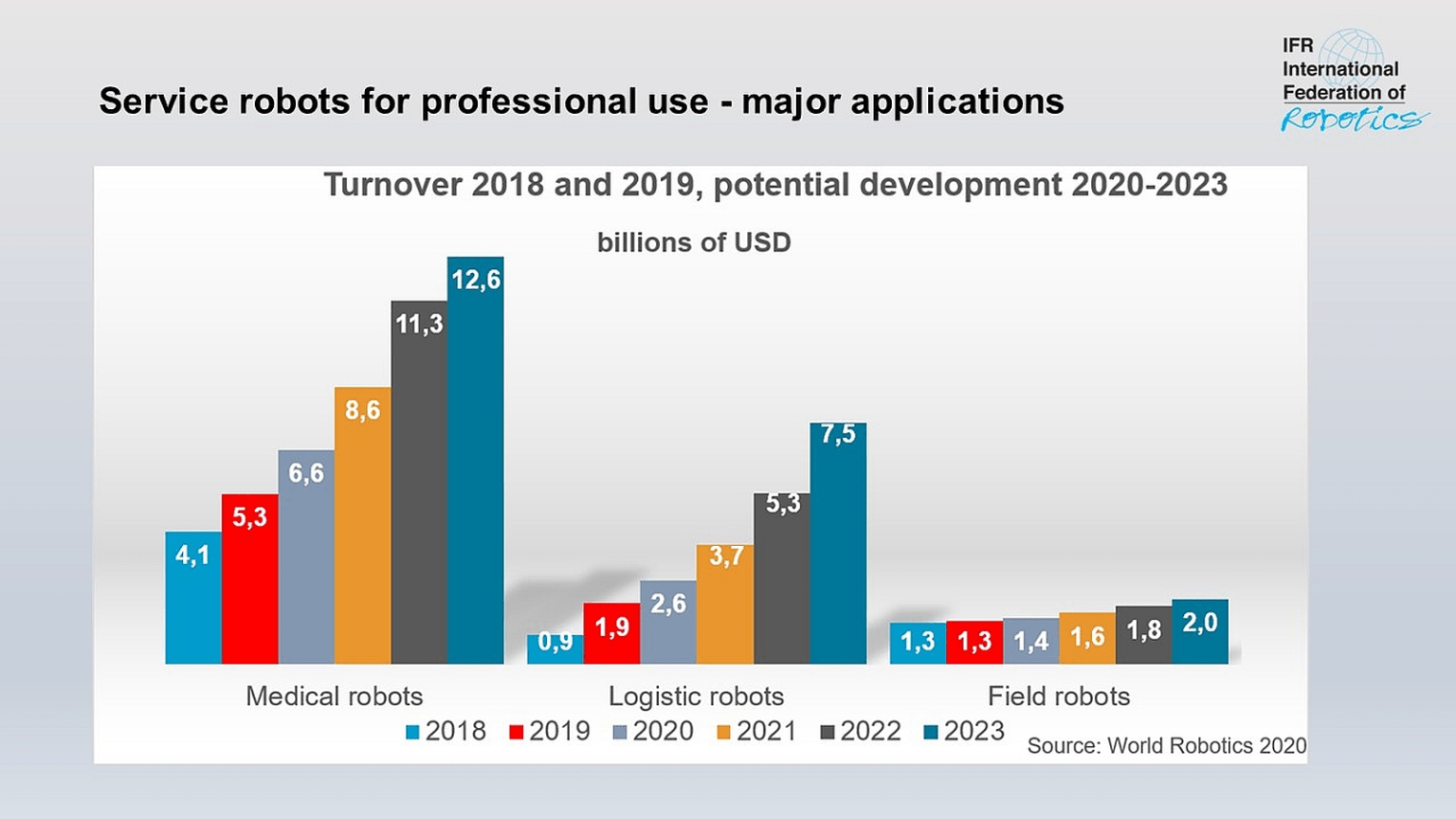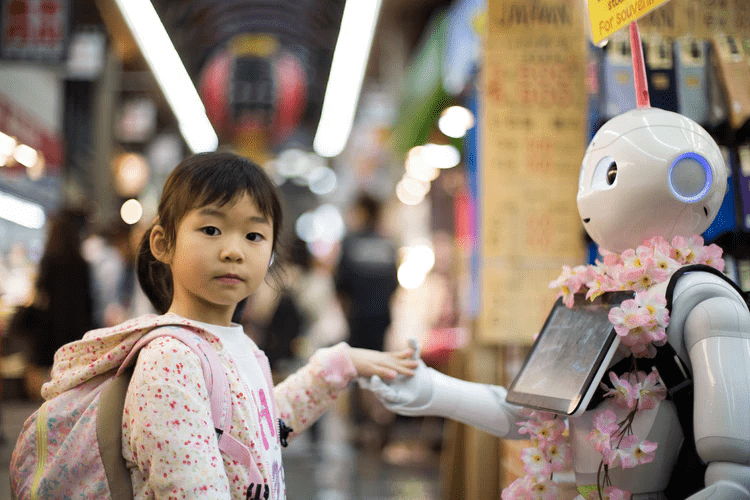The niche of automation technology is gaining momentum around the world. There is a set of technologies that help us reduce costs and increase productivity without going too far. Automation is becoming more and more widespread, and few businesses and enterprises neglect this trend.
What should we expect from this niche in the coming year? Let’s talk about the likely trends in automation technology for 2021:
Autonomous mobile robots in manufacturing and logistics
Autonomous Mobile Robots (AMR) is the latest innovation that has changed the traditional tasks of robots by increasing the adaptability and variability of applications, the level of situation understanding of robots. Companies across all industries are exploring how AMR can help them improve business.
As eCommerce grows, the need to get things done quickly rises in demand. Companies like Amazon and Walmart find it difficult to hire enough people to ensure consumers get their products on time, with a high level of service in hand.

Growing demand cannot be decently met without a good dose of automation. AMRs are also accelerating the supply chain movement in manufacturing plants and are playing an increasingly important role in retail for tasks starting from scanning shelves and ending with cleaning floors.
People are good at a lot of things, but let’s face it. Tasks that are routine, repetitive, and based on clearly defined frameworks are not among them. Robots, in turn, can do an excellent job with such tasks.
The Robotics Association (RIA) is currently busy developing a new standard covering all aspects of human safety in relation to AMR.
Using computer vision as automation technology
Traditionally, computer vision (CV) has been viewed primarily as a technology for verification and identification tasks. However, this advanced feature is now playing an increasingly important role in many areas. Embedded Vision combines imaging and image processing in one device.
Embedded systems are quite lightweight, consume less power, have a compact design, and allow for new functions, making them ideal for integration with existing systems, as well as with products such as mobile phones and computers.
In heavy manufacturing operations, VEO Robotics is trying to harness computer vision to improve the functionality of industrial robots. CV also contributes to the development of self-driving cars, drones, and even remote shopping on Amazon Go.
Currently, not all drones have computer vision. So far, they are controlled by a human operator from the ground, who observes the flight through a camera located on the drone.
But this is not the best solution! In the event of a loss of communication with the operator, the drones can return back using GPS, or simply stop flying and descend. But then there are drones with computer vision. And the tendency is that in the future only they will remain. Controlling law and order, monitoring animal populations and much more initiatives can be conducted efficiently with the help of autonomous drones equipped with computer vision.
A regular user of computer vision in the automotive industry. Diagnostics of finished products is simply necessary here, but this is a very tedious work for people, which is fraught with mistakes. Automated optical inspection is extremely important for checking product quality.
AI-based solutions
Solutions based on artificial intelligence (AI) are already paying off in automation and manufacturing. AI is the groundwork for a new era for the industry. Machine learning (ML) software can help robotic systems better adapt to different work environments.
These advances will improve both productivity and safety of production, as well as lead to more applications that involve the most effective collaboration between humans and robots.

With a growing number of connected systems with advanced sensor technology, AI can intelligently identify patterns associated with breakdowns and other mechanical problems. This data can be used in predictive applications where AI can detect patterns that indicate that a robot will soon need maintenance.
AI can automatically alert engineers to take the necessary steps to repair a machine before it breaks down, helping to avoid downtime and saving the company money. Analyzing this data with artificial intelligence can also help businesses optimize their processes to improve quality and reduce waste.
Machine learning is used by robots to learn how to perform tasks more efficiently. Ultimately, these advances will lead robots to share knowledge through the cloud, allowing them to learn from each other, thereby increasing the overall efficiency of robotics. To demonstrate the level of progress in this area, it should be noted that the computing power required for advanced AI doubles every 3 and a half months.
Personalization as a relevant automation technology
We expect primary markets to continue to become oversaturated in 2020, leading to an increased role for niche markets. Their development will drive the demand for personalization. The problem is that personalization of products and services has traditionally been difficult to scale.
Despite the innovations of the past decade, businesses will need automation technology to really hit the consumer spot to meet demand. Using AI and other approaches, specialists and businesses are looking to achieve full-scope personalization.
Cloud storage
Moving to cloud is a complex and time-consuming effort that always requires human intervention to correct inaccuracies. At the same time, transferring data requires a lot of work that does not involve any strategic thinking from the IT staff – this is exactly the job in which robots excel.
While this technology is already used at some level in most IT departments, the role of automation in these types of processes will continue to grow at an accelerated rate in the coming years.
Automation technology enables us to process massive amounts of data to identify areas that can be improved for the business, such as how IT can expand or shrink to improve ROI.
Bottom Line
At Sirin Software, we are committed to leveraging innovation to improve service and customer satisfaction. We are a Florida-based IT company with an R&D office in Ukraine that will gladly take on your project and help achieve business-defining results. Contact us to discuss your project.

